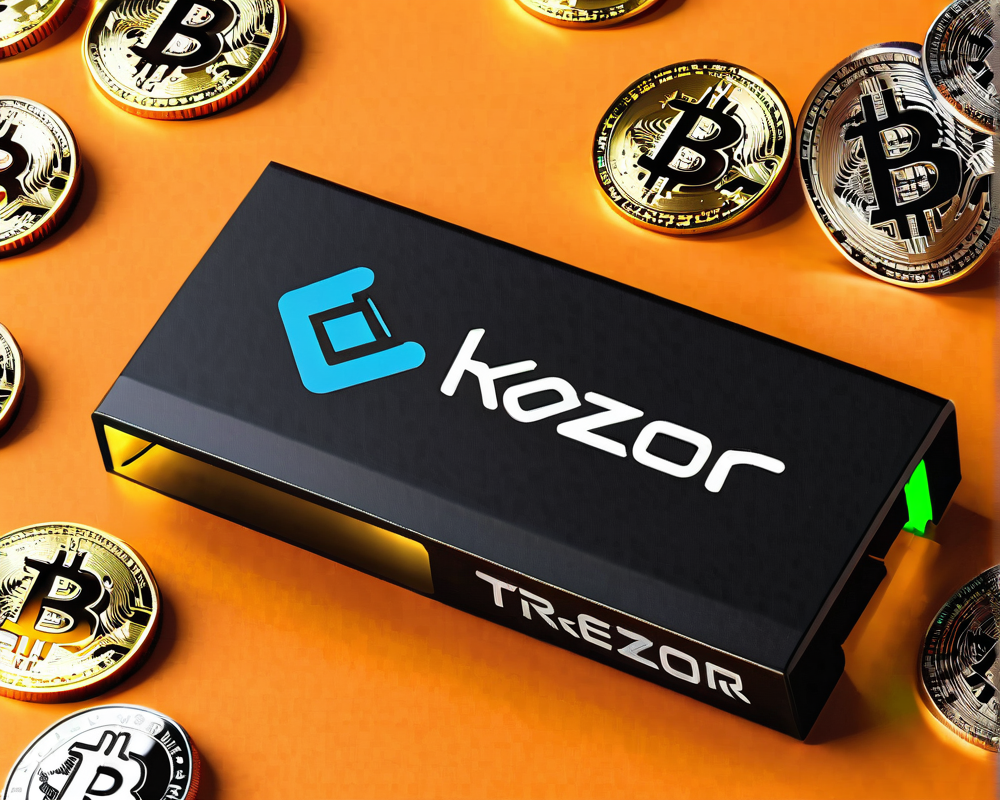Introduction to Hardware Wallets
In the wild world of cryptocurrency, securing your digital assets is akin to fortifying a castle against marauding dragons—or, in this case, hackers. Since the inception of hardware wallets, many have entered the scene, but two contending champions stand out: Trezor and KeepKey. This article dives deep into their features to help you decide which vault is worthy of your Bitcoin.
Trezor: The Pioneer of Cold Storage
Revolutionizing security when it launched in 2014, Trezor set the standard for hardware wallets. Why? Because it keeps your private keys offline. That’s right, no internet means no easy heist!
- Security: According to Trezor’s developers, “not a single Trezor has been hacked since its launch.” That’s a pretty bold statement that most parents would love to hear about their children!
- Compatibility: Works with Windows, OS X, Linux, Chrome OS, and Android, ensuring you won’t need an IT degree to figure it out.
- User-Friendly: Designed for the average Joe, navigating Trezor is easier than figuring out your TV remote.
KeepKey: Style Meets Substance
If Trezor is the trusty steed of the cryptocurrency realm, KeepKey is the stylish unicorn of wallets. Let’s take a closer look at what makes KeepKey a noteworthy contender.
- Design: With its sleek aesthetics and larger screen, verifying transaction data feels like a luxurious affair—fewer mistakes and more “oohs” and “aahs”.
- Unique Recovery Mechanism: KeepKey’s recovery process is more straightforward, using only 12 recovery words versus Trezor’s 24. So, if you forget your recovery phrase, you’re just 12 times more likely to remember it than a complicated password.
- Longevity: The device boasts flash memory lifespan far exceeding Trezor with optimizations that make it three times more durable—and a future firmware upgrade promising to extend it 250 times!
Which Wallet Reigns Supreme?
Now for the million-dollar question: Which wallet should you choose? Both Trezor and KeepKey offer comparable security and usability. It boils down to personal preference—are you swayed by Trezor’s proven track record or KeepKey’s snazzy design and innovative features?
User Experiences and Influential Opinions
Real-life users play a pivotal role in this brawl! Many have expressed that Trezor’s simplicity attracts newbies, while KeepKey enthusiasts rave about how they visually connect with their wallets. Alena Vranova from Trezor and Darin Stanchfield from KeepKey each laud their products, making it feel like you’re at a debate where both sides have valid points!
“We contributed to several standards now adopted across of Bitcoin…,” says Vranova.
“This method lets us use 12 words for recovery sentence…” shares Stanchfield.
Conclusion: Pick Your Preferred Vault
In the end, whether you fancy the time-tested reliability of Trezor or the stylish flair of KeepKey, both wallets perform admirably in securing your precious bitcoins. Are you ready to pick a side or do you see yourself experimenting with other wallets entirely? Sound off in the comments below!



